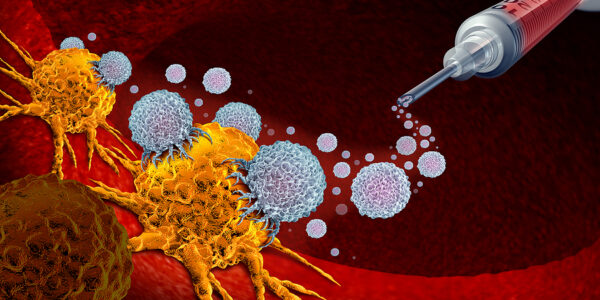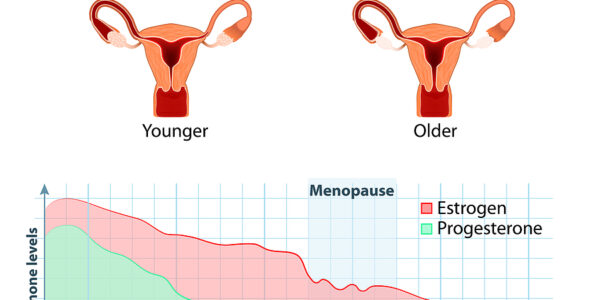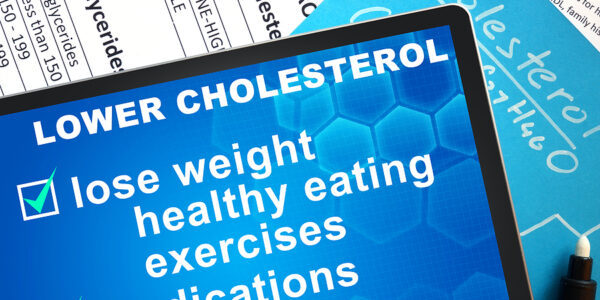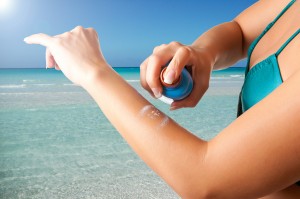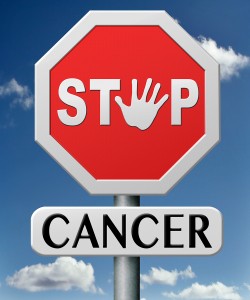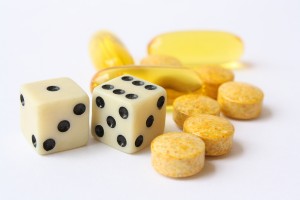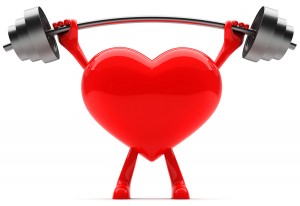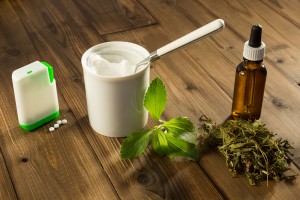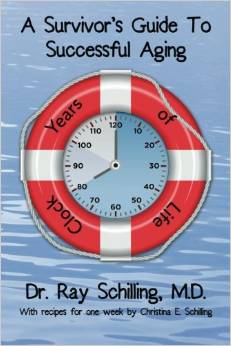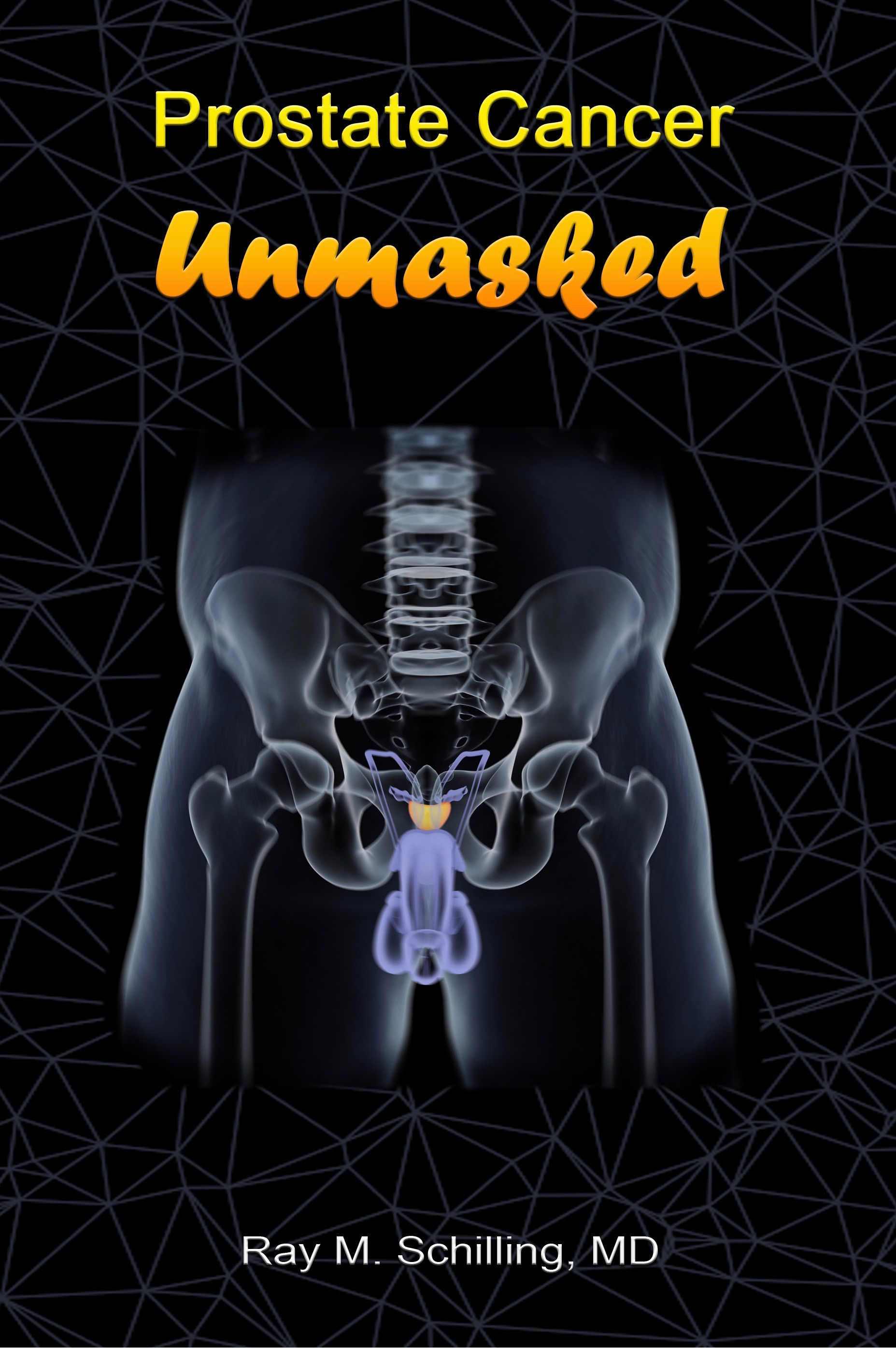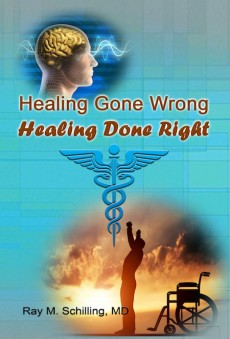Much has been written about sunburn prevention. The thinking behind this is that perhaps we could prevent skin cancer and melanoma development, if we would block ultraviolet rays from the sun or from tanning booths irritate our skin.
So far the theory. Now the truth.
1. Increase of skin cancer despite sunscreen applications
It is sobering that statistics of skin cancer frequency show that despite more awareness of the importance of skin protection with sunscreen lotions and creams, skin cancer rates have steadily increased. Behind this paradox is the fact that vitamin D3 production in the skin is blocked from sun exposure and the person is not getting the cancer protecting effect of vitamin D3.
Low vitamin D3 levels (measured as 25-hydroxy vitamin D3) are not only associated with skin cancer, but also with breast cancer, and breast cancer will be reduced to 50% of control groups, if patients are treated with high vitamin D3 supplements. There are many other cancers that respond to exposure to sunlight or to supplementation with vitamin D3.
2. We need to know about infrared rays and the ultraviolet exposure
The ultraviolet radiation of sunlight has been extensively studied. There are UVA rays that range from 315 to 400 nanometers. They make up about 95% of the sunlight and penetrate deeper into the skin (the dermis level) leading to more severe skin damage, producing aged looking skin. UVB rays (5% of sunlight) contain wavelength measuring between 280 and 325 nanometers affecting the most superficial layer of the skin, the epidermis. These rays cause sunburns. Both UVA and UVB are strongest around midday. The sun also produces UVC rays (wave length 180 to 280 nanometers), which are completely absorbed by the ozone layer and are not of importance unless you live under an ozone hole.
Next there is IR (infrared radiation), which has only recently been detected to be of health concern. IR rays range from 760 nanometers to 1 million nanometers (=1 millimeter). It causes skin photoaging and damage. Most of IR is in the lower range (between 760 and 1,440 nanometers); the total amount of IR rays that reach the skin is massive compared to the UV light and 50% of these rays reach deep into the skin to the level of the dermis.
3. Filtering out the damaging rays
Armed with the above knowledge we can now talk about sunscreen lotions and sunscreen creams. Traditional sunscreen lotions and creams have been directed against both shortwave (UVB) and longwave (UVA) rays of the sun. UVB blockers prevent damage to the surface of the skin (epidermis level), UVA blockers prevent damage to the deeper dermis. It is in your interest to buy a sun blocking agent that blocks both of these rays. (You have to read labels.)
However, both of these blockers, which means all of the traditional sunscreen agents, will not block IR waves (infrared radiation), which causes most of the wrinkles, age-related skin changes and skin DNA damage, which eventually results in skin cancer.
4. Vitamin D3 deficiency because of sunscreen applications
As we know that sunscreen agents lead to blocking of vitamin D synthesis in the skin, it is prudent to take vitamin D3 5,000 to 10,000 IU per day and have your health care provider order 25-hydroxy vitamin D3 blood levels from time to time (aim for a level of 100 ng/m or more). There is no danger of overdosing vitamin D3. That story about overdosing of vitamins is coming from vitamin A overdosing. There is a ceiling not to be exceeded due to liver toxicity over vitamin A overdosing, but not so for vitamin D3. Vitamin D3 protects not only from skin cancer, but also from other cancers. For more on vitamin D3 read my recent blog on this.
5. Whole body protection from the inside
There are two approaches to using systemic natural extracts. One component is from a tropical fern (Polypodium leucotomos) and another one from blood oranges that can both repair sun damaged skin and prevent sunburn. The effective substances are administered orally.
This fern extract has been tested in smaller clinical trials and was found to have a 70% to 75% efficacy in blocking all sun rays from the inside out.
In a small trial patients were exposed to UVB light after preparation with red orange extract and a 35% reduction of sun burn was found within 15 days when compared to controls.
There is a possibility now to take one capsule with tropical fern extract mixed with red orange extract and combine this with traditional sunscreen agents and have optimal sun protection.
One trial that is mentioned in these last two links is a group of polymorphous light eruption patients who are born with extreme sun sensitivity, but reported an 80% improvement with this oral fern extract treatment.
6. Final recommendations for sunburn prevention
Although the advice given in this WebMD link is useful, it neglects to recommend to supplement with vitamin D3 because of the sunscreen action. It also does not mention the IR waves of the sun that do most of the damage and that only get prevented by staying out of the sun or by taking the oral sunscreen pill (tropical fern extract and red orange extract mixed).
My recommendation, if you were not allergic to ferns, is to consider taking the oral pill (as far as I know currently only available from LifeExtension as “enhanced fern block with red orange complex”) to block the entire wavelength of the sun rays. This will repair some of the skin damage that has already been done. Follow the above WebMD link as well with regard to the sun screen lotions/creams. Also stay out of the noon sun between 11 AM and 2 PM. Take your vitamin D3 in the high dose range as discussed above to preserve optimal resistance against all kinds of cancers including skin cancer.
Conclusion:
In reviewing the facts prior to writing this blog I was quite bewildered how misleading a lot of the literature is regarding prevention of sunburns, particularly by assuming that all you had to do was to block UVB and UVA rays. I attempted to explain why this is an oversimplification, and the skin cancer statistics clearly show that sunscreen blockers alone are not stopping skin cancer. So, we do need a combination of
1. Staying out of the noon sun.
2. Using clothing and wide sun hats to keep the sun out of our faces.
3. Use the traditional sunscreen agents. Reapply, if necessary.
4. Using an oral sunscreen agent that blocks infrared rays as discussed under point 5 and 6.
5. Using vitamin D3 in high doses as discussed under point 4 above for cancer prevention.
With this in mind, enjoy the rest of your summer!
More information on:
1. Sunburns: http://nethealthbook.com/dermatology-skin-disease/sunburns/
2. Different skin types and skin cancer causes: http://nethealthbook.com/cancer-overview/skin-cancer/causes-skin-cancer/
Last edited Nov. 8, 2014
